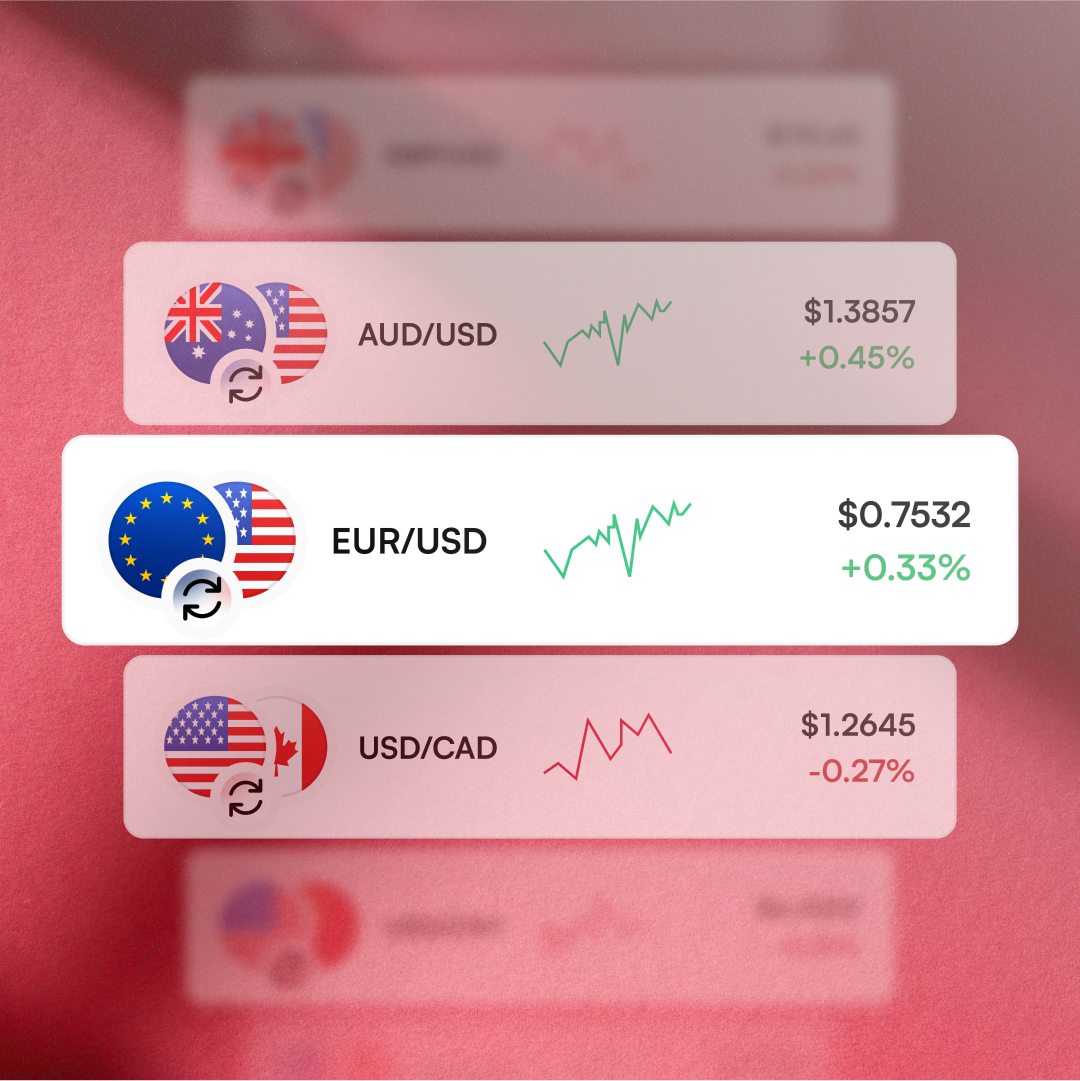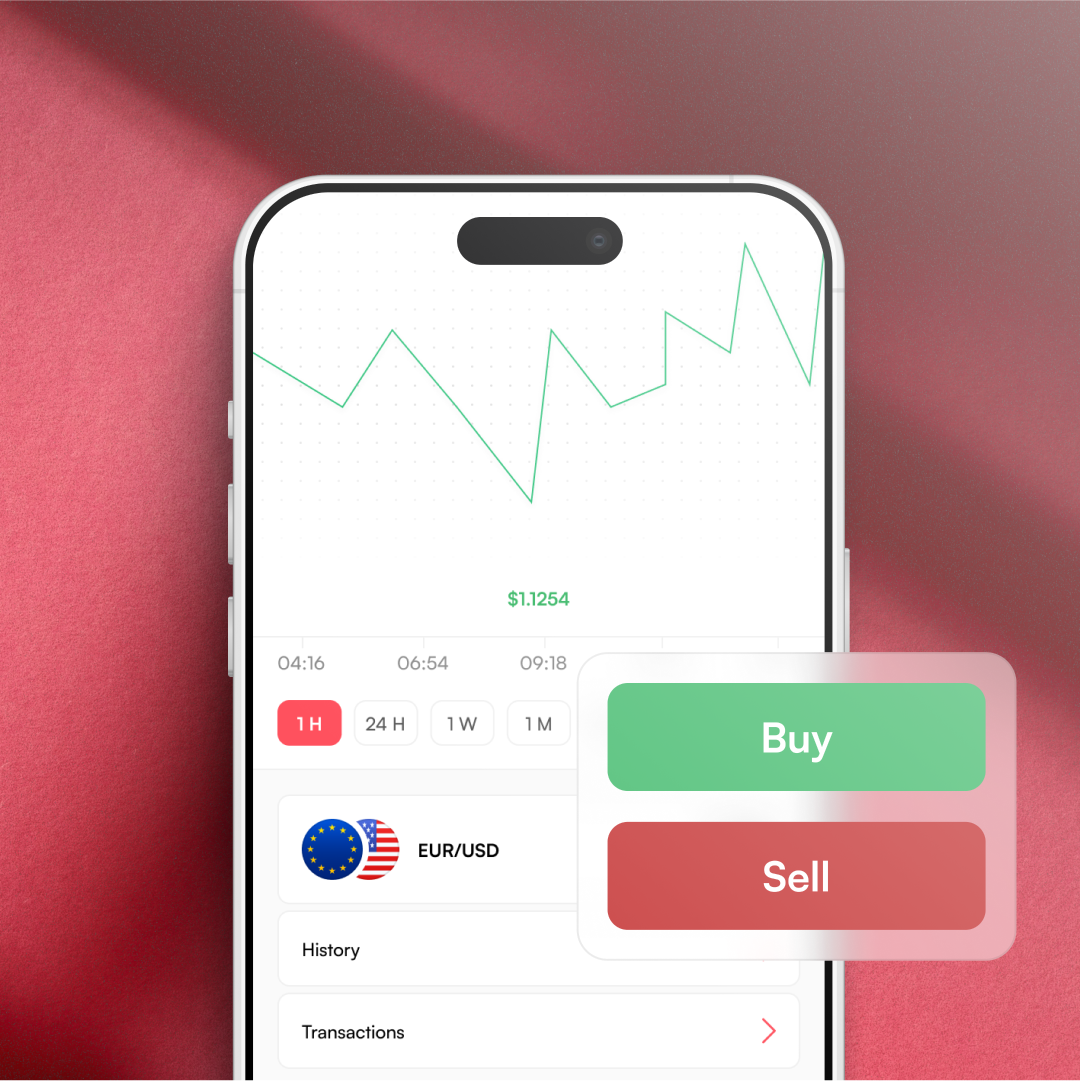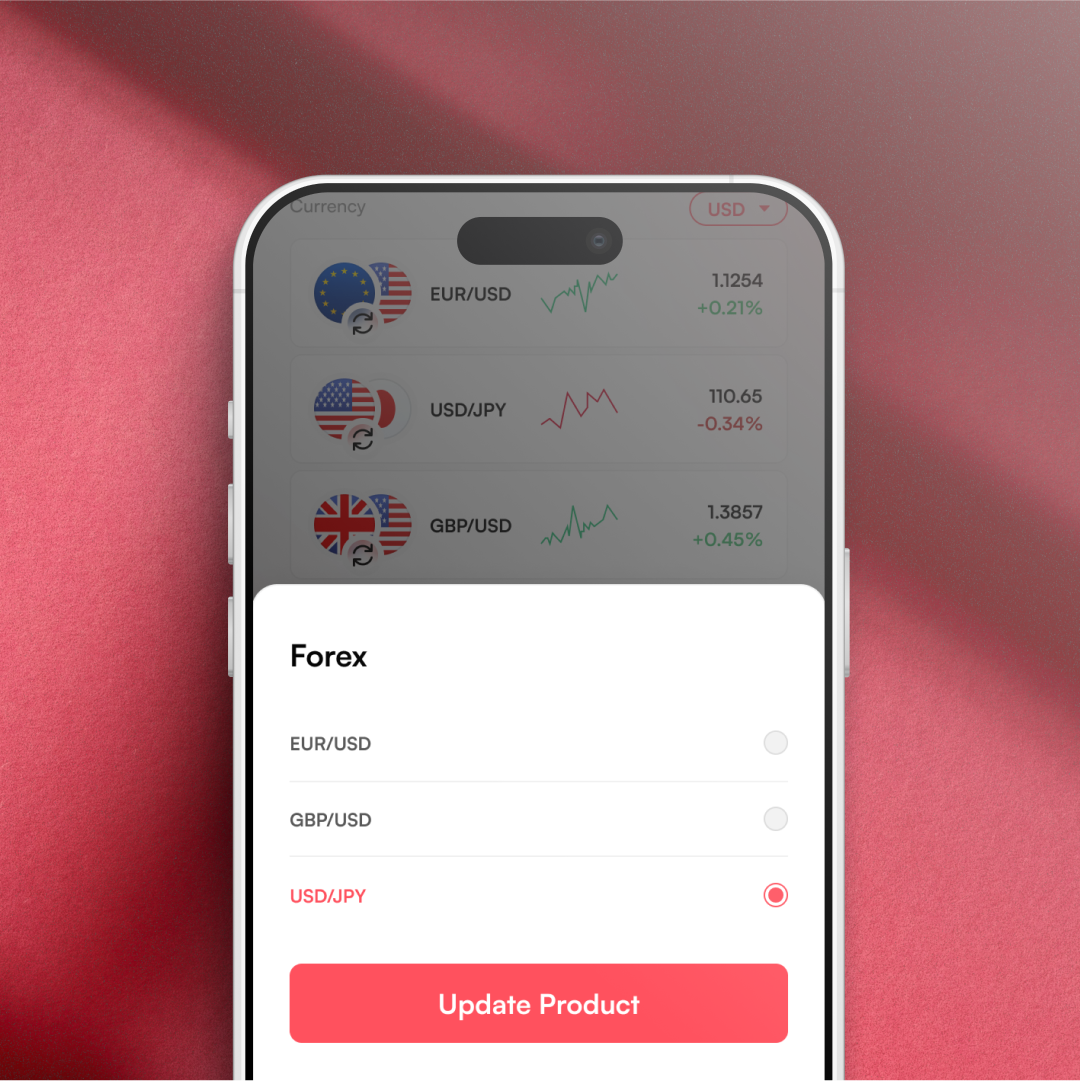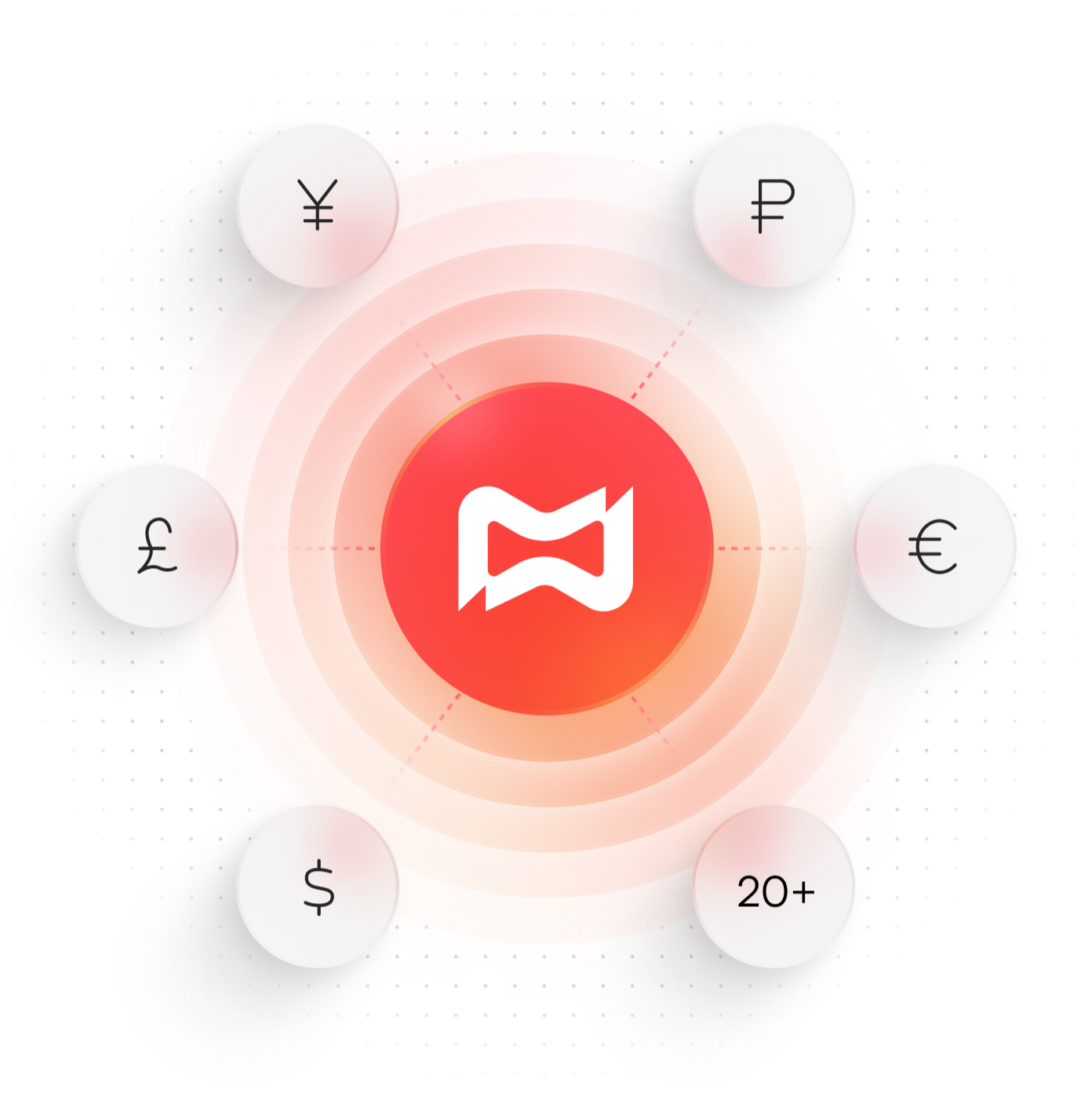

What is Index Trading?
Indices are a collection of stocks or securities that represent a particular segment of the financial market. In CFD trading, these are traded as contracts for difference (CFDs), allowing traders to track and respond to the price movements of the underlying index. This dynamic approach offers traders flexibility and adaptability, making indices trading an attractive and popular choice for investors looking to diversify their portfolios.
Benefits of Trading Index CFDs
Trade CFD indices with Mirrox to explore global markets, accessing major indices worldwide. Benefit from tight spreads for cost-effective trading and leverage to amplify your potential returns. Enhance your strategy with advanced trading tools and analytical resources, and trade confidently on Mirrox's secure and reliable platform, backed by robust risk management protocols.




How to Trade Indices with Mirrox
Trading index CFDs can be an exciting way to participate in the global financial markets. First, select the index you want to trade, considering market analysis, risk tolerance, and investment goals. Place your trade by choosing to buy or sell the index CFD, and set your trade parameters, including position size, stop-loss, and take-profit levels. Finally, monitor your trade regularly, keeping track of market movements and using tools like stop-loss orders and price alerts to manage risk and adjust your strategy as needed.
Indices Offered by Mirrox
| Symbols | Description | Leverage (Up to) | |
| AUD200 (Australia 200 Cash Index) | The Australian 200 Cash Index, also known as the ASX 200, is a market-capitalization-weighted index measuring the performance of the top 200 companies listed on the Australian Securities Exchange (ASX). | 1:200 | |
| DE40 (Germany 40 Cash Index) | The Germany 40 Cash Index represents the top 40 publicly traded companies in Germany, providing insights into the performance of the German economy and stock market. | 1:200 | |
| ES35 (Spain 35 Cash Index) | The Spain 35 Cash Index tracks the 35 largest and most liquid Spanish stocks, offering exposure to Spain's equity market and economy. | 1:200 | |
| F40 (France 40 Cash Index) | The France 40 Cash Index includes the top 40 French stocks listed on Euronext Paris, reflecting the performance of the French equities market. | 1:200 | |
| JP225 (JPN225) | The JPN225, commonly referred to as the Nikkei 225, is a stock market index for the Tokyo Stock Exchange, comprised of 225 large-cap Japanese companies. | 1:200 | |
| N25 (Netherlands 25 Cash Index) | The Netherlands 25 Cash Index monitors the performance of the 25 leading Dutch companies traded on Euronext Amsterdam, providing exposure to the Dutch stock market. | 1:200 | |
| STOXX50 (Euro 50 Cash Index) | The Euro 50 Cash Index, also known as the EURO STOXX 50, represents 50 of the largest blue-chip stocks in the Eurozone, offering a broad benchmark for Eurozone equity markets. | 1:200 | |
| SWI20 (Switzerland 20 Cash Index) | The Switzerland 20 Cash Index comprises the top 20 Swiss stocks traded on the Swiss Exchange, reflecting the performance of the Swiss equity market. | 1:200 | |
| UK100 (UK 100 Cash Index) | The UK 100 Cash Index, also known as the FTSE 100, tracks the performance of the top 100 companies listed on the London Stock Exchange, showcasing the UK's equity market. | 1:200 | |
| USTEC (NAS100) | The NAS100, or NASDAQ-100, comprises 100 of the largest non-financial companies listed on the Nasdaq Stock Market, providing exposure to the tech-heavy U.S. market. | 1:200 | |
| US500 (SPX500) | The SPX500, commonly known as the S&P 500, includes 500 of the largest publicly traded companies in the U.S., offering a comprehensive view of the U.S. stock market. | 1:200 | |
| US30 (Dow Jones 30) | The Dow Jones 30 represents 30 large-cap U.S. companies, serving as a gauge of the overall health of the U.S. stock market. | 1:200 |
Learn CFD Index Trading with Mirrox
Remember, an educated trader is an empowered trader. Our Education Center provides risk management strategies to protect your capital, trading tactics to navigate index movements, market analysis to understand trends and events, and extensive resources to deepen your understanding and sharpen your skills.


Important information:
Thank you for visiting Mirrox
Please note that Mirrox does not accept traders from your country
